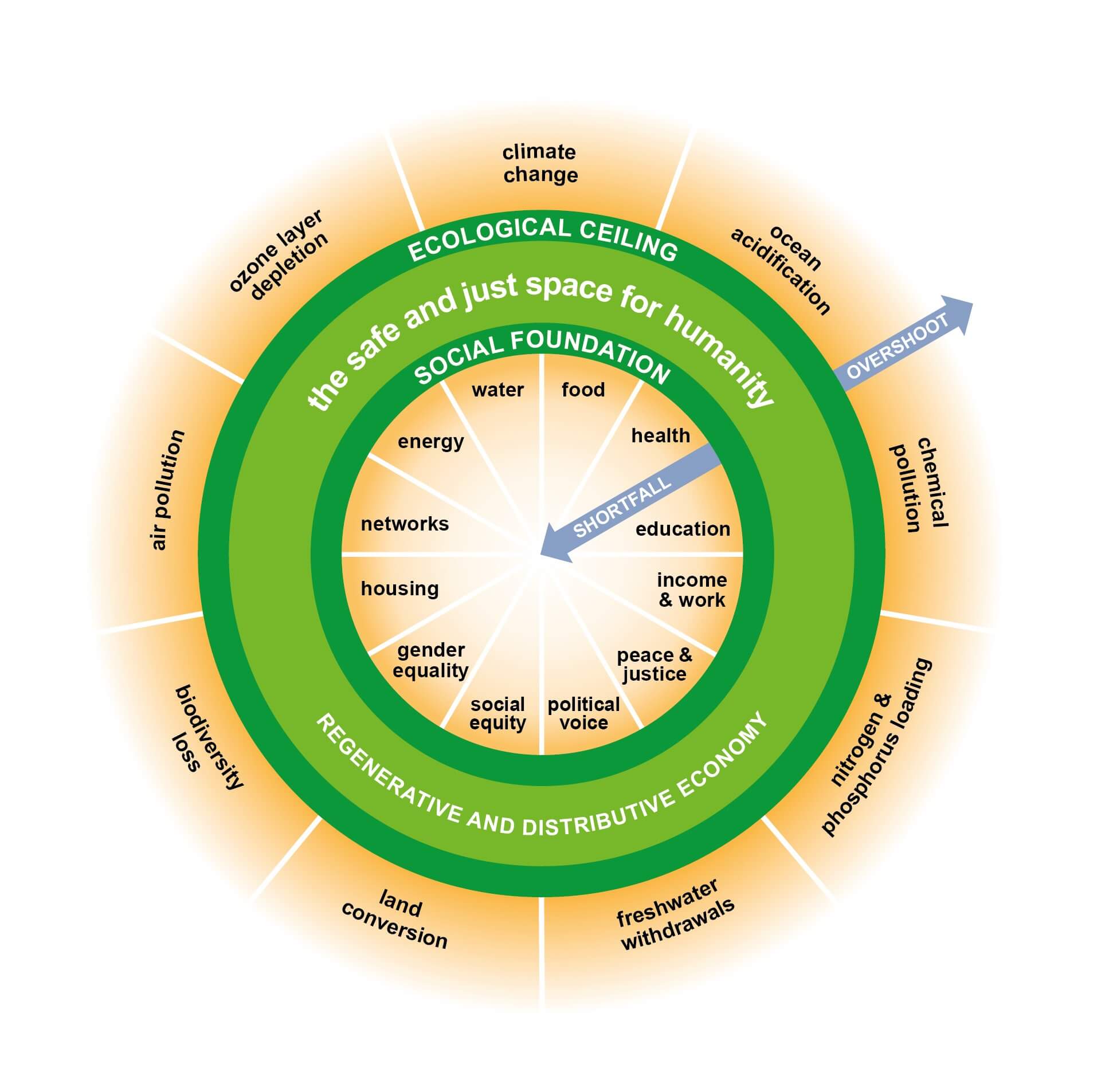
If you recognize yourself or someone else, please upload a submission before Friday September 30th. Furthermore, they will be invited to join us at the Dutch Design Week. The selected designers will be showcased on the different platforms of Pakhuis de Zwijger, and in a special distributed design event. So, who are the designers that are already doing this? Amsterdam based social-cultural platform Pakhuis de Zwijger has launched an open call to find the pioneers (from artists, researchers, architects, engineers to students) in distributed and regenerative design. And they should be aimed at giving back to nature and society instead of extracting and discarding human and natural resources (regenerative). Those boundaries include climate change, ocean acidification, ozone layer depletion and biodiversity loss.What does this mean? Design solutions for the Doughnut Economy should be open source, transparent and allowing for adaptation and customization to be used in different cities, by different people, with different materials (distributed). For her model to be sustainable in the future, we must not break the environmental boundaries that she calls the “ecological ceiling”. She bases her theory on the idea of guaranteeing food, education, health, housing, water, energy and work, as well as other basic needs of people in what she collectively terms the “social foundation”. Raworth posits an economy that goes beyond industry growth and profitability.

Her economic development theory seeks to promote progress without further harming the environment. A few years ago, British economist and lecturer at Oxford and Cambridge Universities Kate Raworth came up with an alternative growth model. Cities with a circular economy keep resources in use for as long as. Because natural resources are finite, one of the biggest challenges of population growth is meeting humans’ basic needs without breaching the environment's limits. This case study introduces this vision, and the doughnut economics-based tools used. Here we tell you what it is and how you can form part of it.Īccording to the United Nations, the world’s population could rise from 8 billion to 9.7 billion by 2050. Several cities have adopted a new economic development model to address the climate crisis.

Sustainable growth hinges on meeting both humans’ and the environment’s needs. Santander International Banking Conference.Rules and Regulations for the General Shareholders' Meeting.Rules and Regulations of the Board of Directors.Policy on Communication and Engagement with Shareholders and Investors.

Annual report on directors' remuneration.Offer to acquire outstanding shares and ADSs of Banco Santander Mexico (February 2023).Significant equity shareholdings and treasury stock.Issuance Companies Financial Statements.Acting responsibly towards our customers.Argentina Brazil Chile Germany Mexico Poland Portugal Spain United Kingdom United States Uruguay Directory


 0 kommentar(er)
0 kommentar(er)
